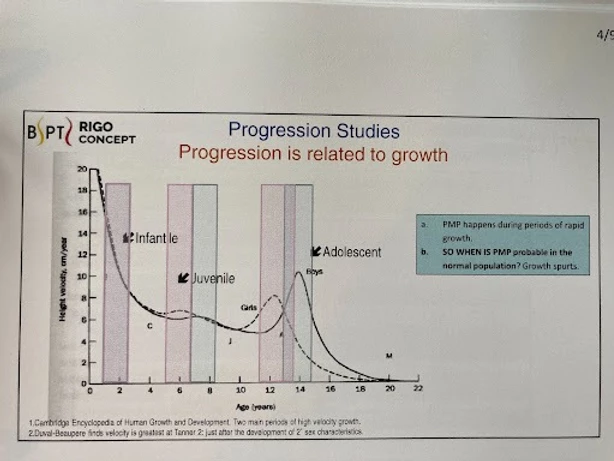Part 1: Can Physical Therapy Help Your Scoliosis
What is Scoliosis?
“Idiopathic Scoliosis can be defined as a complex three-dimensional deformity of the spine and trunk, which appears in apparently healthy children, and can progress in relation to multiple factors during any rapid period of growth, or later in life.”
Idiopathic is defined as a disease without any known cause. It may arise spontaneously.
How common is scoliosis?
The overall female : male ratio ranges from 1.5:1 to 3:1. The prevalence of curves with greater magnitude >40 degree cobb angle female to male ratio is 7.2:1
Out of every 100 children 3-5 will be diagnosed with AIS (Adolescent Idiopathic Scoliosis), only 1-3 will require bracing and 1 will be in surgical ranges
When do you need to watch out for progression?
There is a large variation, but the greatest time of progression is during the largest growth periods in a child’s development.

Causes for scoliosis:
- Idiopathic (75-80%)
- Neuromuscular (5-7%)
- Congenital (10%)
- Recklinghausen (2-3%)
- Others (Marfan, Beals, .. tumors)
How does scoliosis happen?
There are structural changes that start occurring at 1 or multiple vertebrae which create a progression.
- An overgrowth in the anterior vertebrae (in the front)
- A wedging of the vertebrae laterally (on the side)
- A torsion (twisting) between the vertebrae

How is scoliosis identified?
Through observing:
- Adams forward bend test (while standing bend forward- observe the line of the spine and any increased muscle bulk from one side of spine to the other)
- Modified adams forward bend test (same as adams forward bend test but done in seated)
Through an x-ray:
- Cob angle > 10 degrees
- Axial rotation
- Vertebral body deformity (wedging shape)
If a curve is not structural (no changes to the vertebral body, then it shouldn’t show up in the Adams forward bend test). This means the curve is most likely due to a leg length difference or some other asymmetry in the body.
If you have questions about scoliosis contact us at (616) 757-0932 or email hopevandyke@fuelphysicaltherapy.com
References:
Dr. Rigo. BSPTS Rigo Concept. Lecture: Scoliosis Rehab Inc; April 19-24; Stevens Point WI
HR; RMRCW. Effect of conservative management on the prevalence of surgery in patients with adolescent idiopathic scoliosis. Pediatric rehabilitation. https://pubmed.ncbi.nlm.nih.gov/14713587/. Accessed June 29, 2022.
Konieczny MR, Senyurt H, Krauspe R. Epidemiology of adolescent idiopathic scoliosis. Journal of Children’s Orthopaedics. 2013;7(1):3-9. doi:10.1007/s11832-012-0457-4


